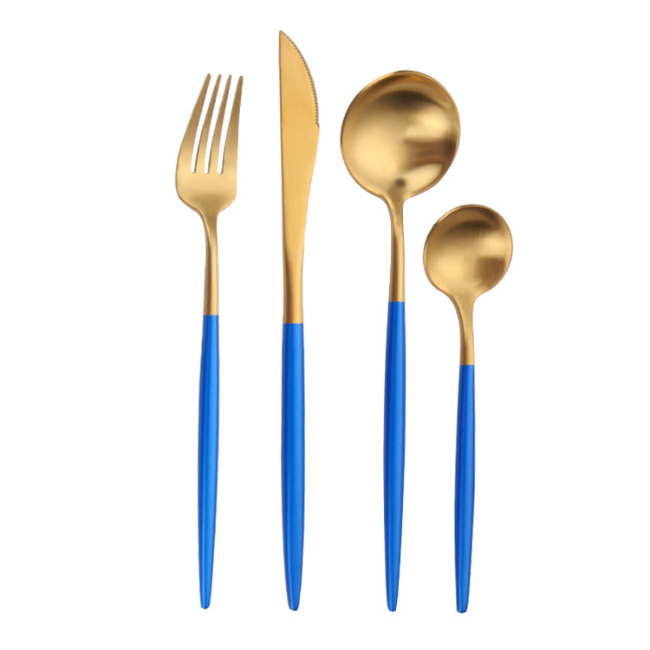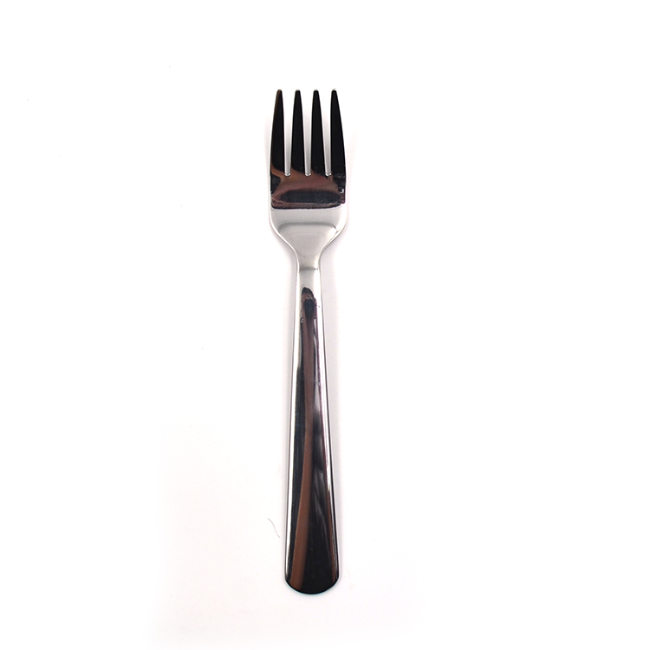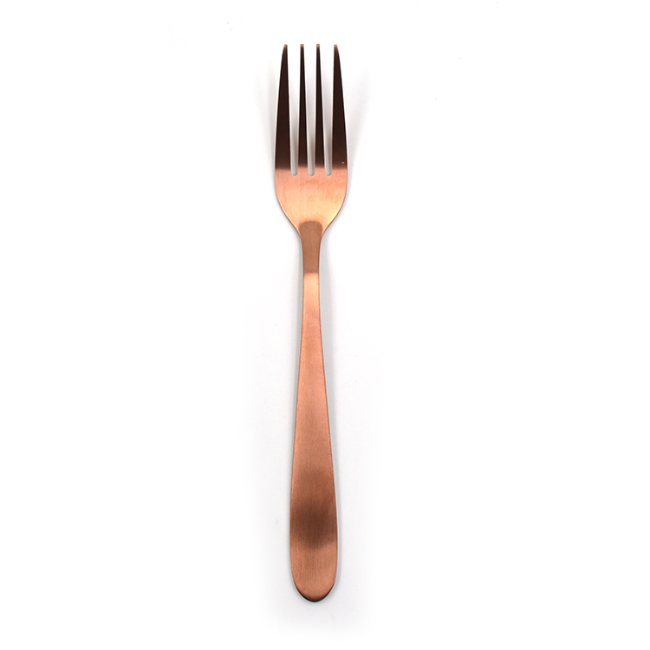
17 May
How to Clean Vintage Cutlery Knife Handles UK
How to Clean Vintage Cutlery Knife Handl...
How to Clean Vintage Cutlery Knife Handles UK
When it comes to maintaining vintage cutlery, particularly knife handles, proper cleaning and care can prolong their lifespan and preserve their antique appeal. If you own a set of vintage cutlery knives, such as a Cattlemans Cutlery Pocket Knife, it is essential to use the right techniques and products to clean them without causing any damage. This guide will explain the steps involved in cleaning your cutlery and knife handles while ensuring that they maintain their vintage charm.
Understanding the Importance of Proper Care for Vintage Cutlery Knives
Vintage cutlery is more than just a functional tool; it is a piece of history. Many collectors and enthusiasts are drawn to vintage cutlery knives because of their craftsmanship and age. However, over time, the handles of these knives, whether they are made of wood, horn, or other materials, can become stained, dirty, or dull. For this reason, proper cleaning is crucial.
Step-by-Step Guide to Cleaning Vintage Knife Handles
Clean with Gentle Detergent
Begin by cleaning the knife blade with a soft cloth and a mixture of warm water and a mild detergent. This helps to remove any dirt, grease, or food particles without damaging the surface. Avoid using harsh chemicals or abrasive scrubbing pads, as they can scratch or dull the blade.
Handle Care: Wood and Horn
Vintage knife handles often feature materials like wood or horn, both of which require special care. For wooden handles, use a damp cloth to wipe away any grime. Avoid soaking the wood in water, as this can cause it to crack or warp. For horn handles, such as those found in artisan cutlery hornet carbon products, it's important to be even more gentle. A dry, soft cloth is ideal for cleaning horn handles, and in some cases, a bit of olive oil or beeswax can be applied to keep the material nourished and free from cracks.
Drying and Polishing
After cleaning the handles, use a dry cloth to remove any remaining moisture. Once dry, you may want to polish the handles using a specialized product that’s safe for vintage materials. This adds a nice sheen and helps preserve the integrity of the handle.
Regular Maintenance
Regularly maintaining your vintage knives and cutlery sets will keep them looking their best. Periodic cleaning and the occasional oiling of wooden or horn handles can prevent them from drying out or becoming damaged.
Why Choose Homefelt for Your Cutlery Needs?
If you are looking for high-quality cutlery with a heritage of craftsmanship, Homefelt is a name you can trust. With over 30 years of experience in the stainless steel product industry, Homefelt has built a reputation for producing superior kitchen tools, including Cattlemans Cutlery Pocket Knife and many other fine products. Whether you're seeking fine dining cutlery, grilling tools, or even pet bowls, Homefelt offers a wide range of items crafted to meet the highest standards of durability and functionality.
Conclusion: Maintaining the Beauty of Vintage Cutlery
Cleaning and maintaining vintage cutlery knife handles is a delicate task, but with the right approach, your knives will continue to serve you for years to come. Whether you're caring for artisan cutlery hornet carbon handles or any other vintage cutlery, regular maintenance is key to preserving their charm. If you’re in need of quality products, Homefelt stands ready to offer you the finest in cutlery craftsmanship.





